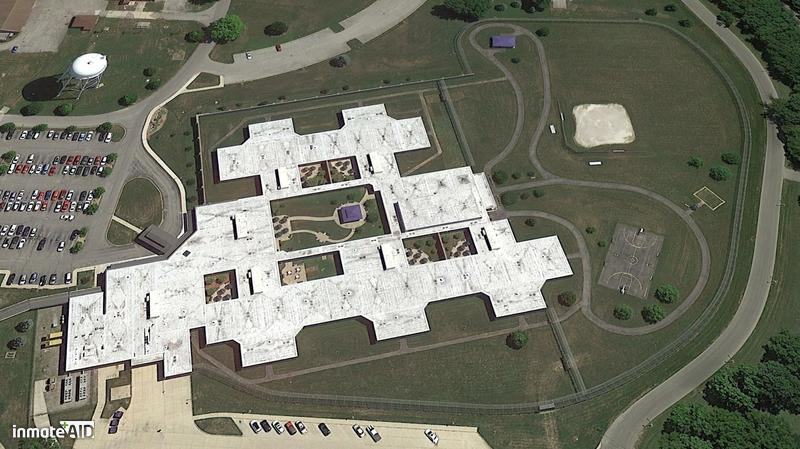Thank you for trying AMP!
You got lucky! We have no ad to show to you!
Connect with an Inmate
IN DOC - Logansport Juvenile Intake Unit & Correctional Facility
State Juvenile
Logansport Juvenile Intake is for State Juvenile offenders have not been sentenced yet and are detained here until their case is heard.
All prisons and jails have Security or Custody levels depending on the inmate’s classification, sentence, and criminal history. Please review the rules and regulations for State juvenile - medium facility.
The phone carrier is Global Tel Link (GTL) - ConnectNetwork, to see their rates and best-calling plans for your inmate to call you.
If you are unsure of your inmate's location, you can search and locate your inmate by typing in their last name, first name or first initial, and/or the offender ID number to get their accurate information immediately Registered Offenders
You can support your loved ones at Logansport Juvenile Intake on InmateAid, if you have any immediate questions contact the facility directly at 574-753-5549.
The IN DOC - Logansport Juvenile Intake Unit & Correctional Facility is within the jurisdiction of the Indiana Department of Juvenile Justice located at 1118 S SR 25, Logansport, IN.
The facility provides supervision of youth in a safe, secure and humane environment. Services for youth include education, mental health, substance abuse, and health care. Medical and mental health are contracted services. Educational services are funded by the Indiana Department of Education through local school districts.
A typical day in secure detention would involve hygiene, meals, school, structured physical and educational activities, and court appearance as scheduled. The average length of stay in secure state detention is approximately 60 days.
Established - 1995
Security Level - Intake
Avg Daily Population - 32
Housing - Celled Space
The Logansport Juvenile Correctional Facility Intake Unit (formerly the Logansport Juvenile Intake/Diagnostic Facility) was originally designed to serve as a detention center for Cass County. The Logansport Juvenile Facility was leased by the State of Indiana, Indiana Department of Correction and opened as a long-term, maximum-security juvenile facility in 1992. In 1995 the Department of Correction identified the need to convert the Logansport Juvenile Facility from a long-term maximum security facility to the intake facility for all male juveniles committed to the Indiana Department of Correction, Juvenile Services Division. In July 1995, the Logansport Juvenile Intake/Diagnostic Facility officially began operating under its current mission. The facility was officially purchased by the State of Indiana from Cass County in August 1996. In January 2006, the facility added the Community Supervision Violators to its mission.
Today, the Intake Unit is an 84-bed maximum security facility serving as the intake facility for all male juveniles between the ages of 12 and 18 who have been committed to the Indiana Department of Correction or have been ordered by the court for a pre-dispositional diagnostic evaluation.
Low Medium
Low Medium Security Facilities have a moderate degree of security measures. Housing is dormitory-style. Youth typically have shorter sentences than Level 3 offenders. Low Medium security offenders are less aggressive than Level 3's and 4's, and have a shorter criminal history.
High Medium
High Medium Security Facilities have a moderately high degree of security measures. Housing is celled-space. High Medium security offenders are typically more aggressive than Level 1's and 2's, could be serving longer sentences, and have a long criminal history.
JUVENILE POLICIES
- Code of Conduct
- Youth Visitation
- Token Economy
- Juvenile Classification and Comprehensive Case Management
- Student Grievance Process
- Offender Correspondence
Programs
- Assessment/Screenings
- Record of Point of Entry/Arrival Health Screening
- MASYI-2
- Mental Health Screening
- PbS Suicide Screening
- Million Adolescent Clinical Inventory
- SASSI
- TCS
- WRAT IV
- SHIPLEY II
- Post Adjudication Pre Dispositional Diagnostic Testing









